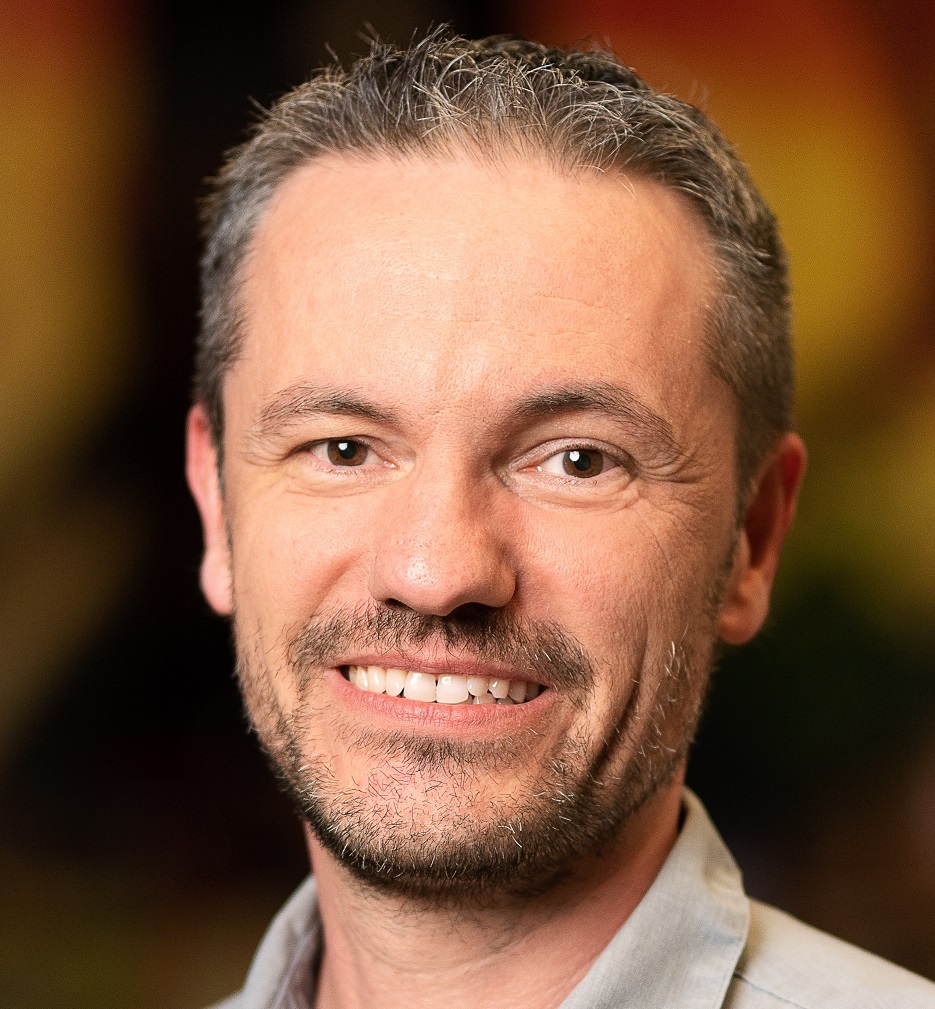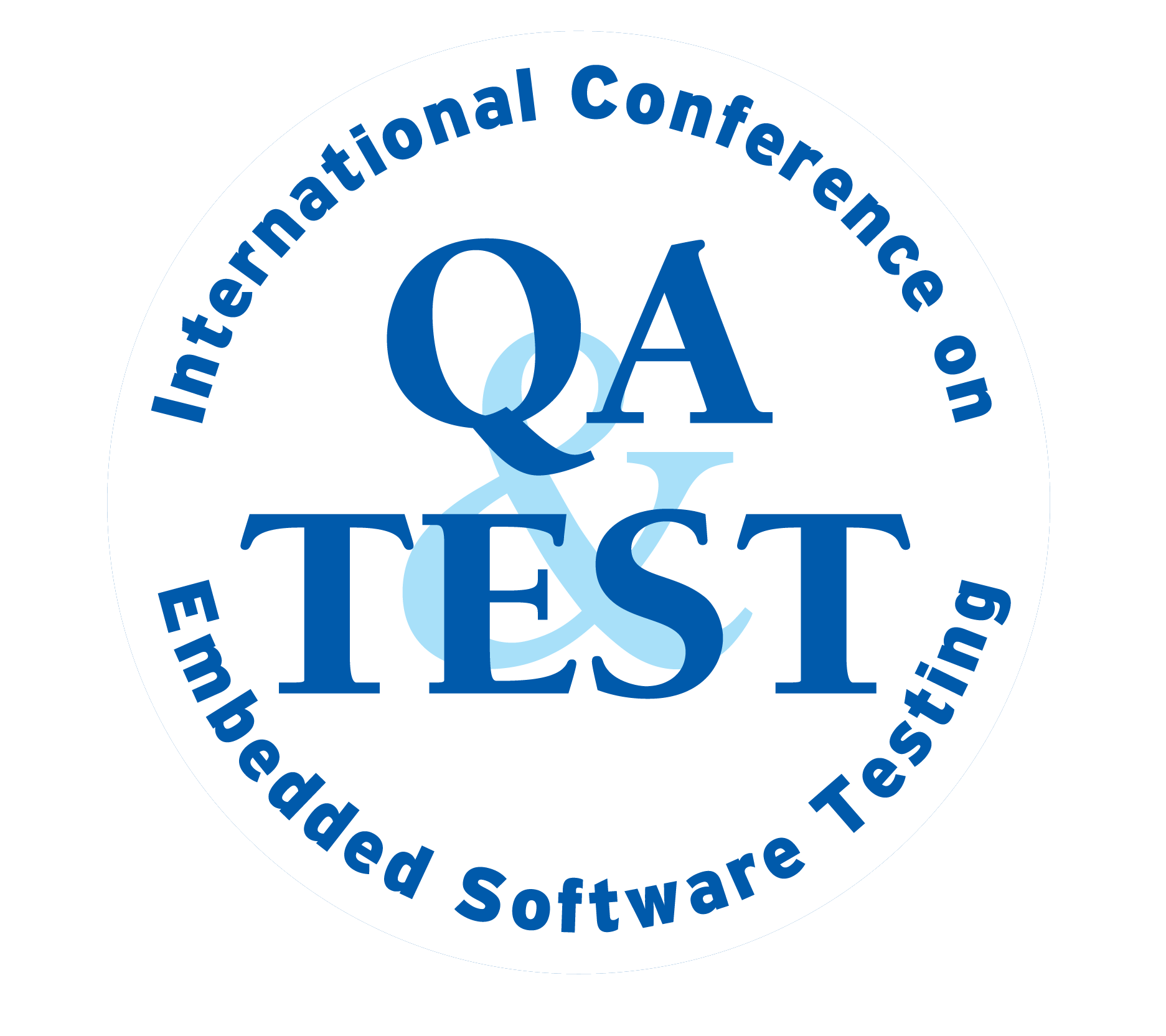Bryan Bakker
Sioux Technologies B.V. (The Netherlands)
The future of models in testing
The utilization of models in product development has seen a significant surge over the past years. For instance, models are employed to generate code for subsystems or produce interface code. Furthermore, they provide substantial opportunities for innovative testing methods, opening new avenues for efficient product development.
In software testing the trend of automation is clearly visible. More and more test steps are being automated, integrating seamlessly into the CI/CD pipeline. However, the primary challenge lies in the maintenance of these automated test cases. The absence of good programming practices can lead the test suite into a maintenance hell.
Another emerging trend is the incorporation of formal models during the product design phase. They serve as the blueprint for generating code, rendering handwritten codes obsolete. This technique has found notable success in high-tech environments, indicating a potential paradigm shift in the software development process.
As software development begins to embrace formality, test development too can adapt to a similar formal approach. This transformation can be realized with the help of model-based testing. It allows for the generation of test cases directly from a formal model that outlines the system’s behavior. From a maintenance perspective, this approach appears promising, although it also presents its own set of challenges.
In the foreseeable future, it is likely that we will see an extensive use of modeling for not just the system-under-test (for instance, an autonomous car) but also its surrounding environment. This includes factors like weather conditions, pedestrians, and other vehicular traffic, leading to a comprehensive virtual ecosystem. With such advancements, the future of testing is looking extremely promising, paving the way for more reliable and efficient product development.
Buy Tickets now

Bryan Bakker, Senior Test Architect at Sioux Technologies
After receiving his master’s degree in computer science in 1998 Bryan Bakker has worked as software engineer on different technical systems. Several years later Bryan has specialized in testing of embedded software in multidisciplinary environments; in these environments the software interfaces with other disciplines like mechanics, electronics and optics. He has worked on e.g. medical products, professional security systems, semiconductor equipment, and electron microscopy systems.
The last years Bryan focuses on test automation, reliability testing, design for testability and model-based testing. Bryan is also a tutor of several different test related courses and a frequent speaker at international conferences.




